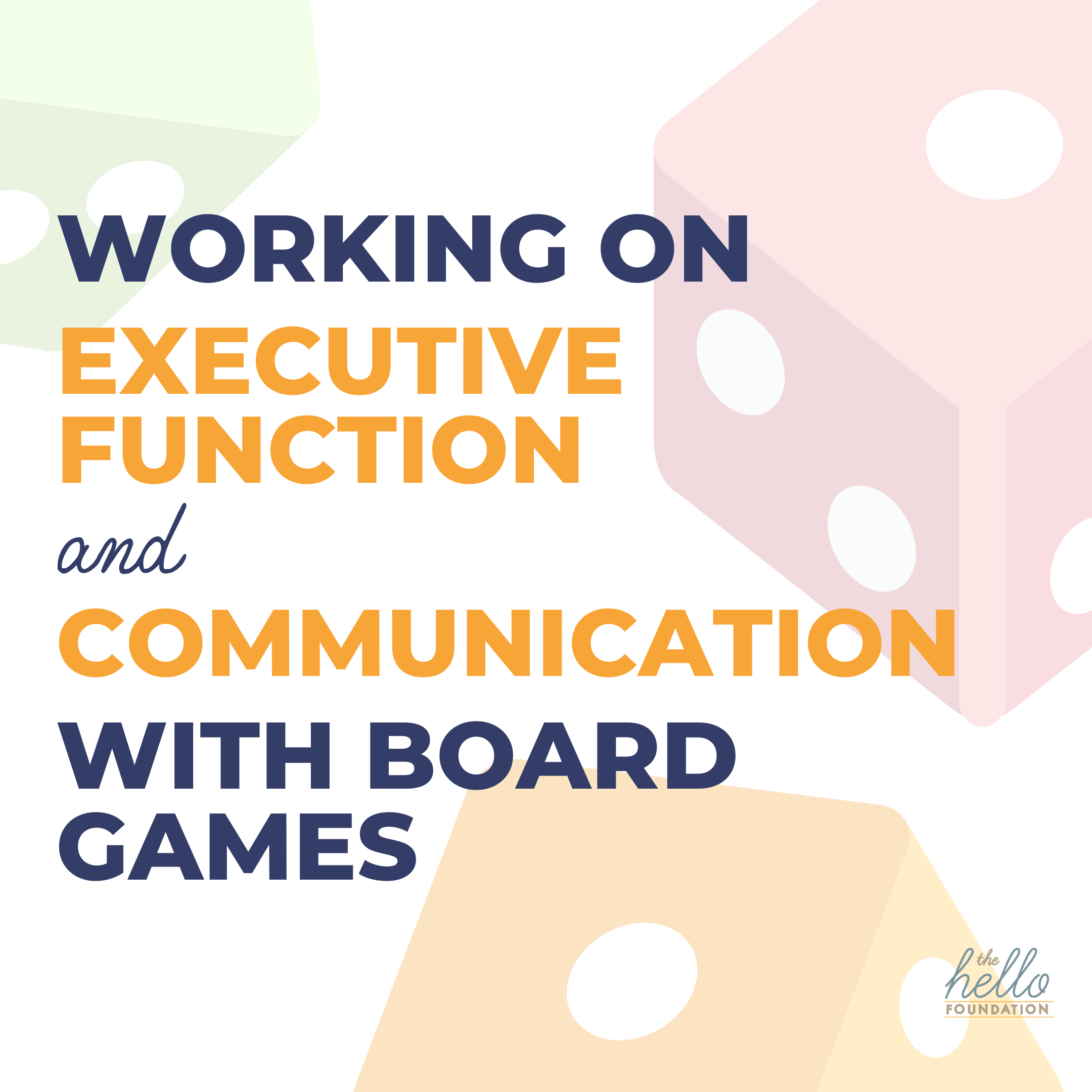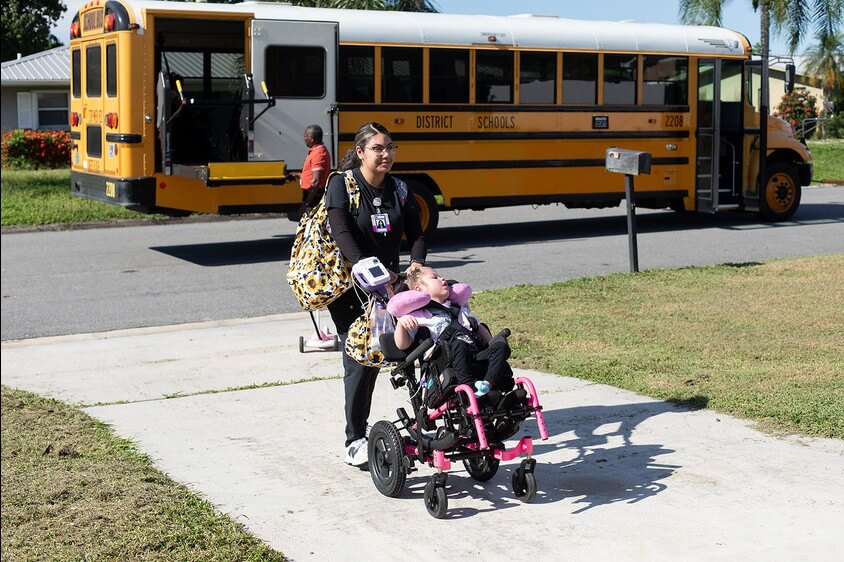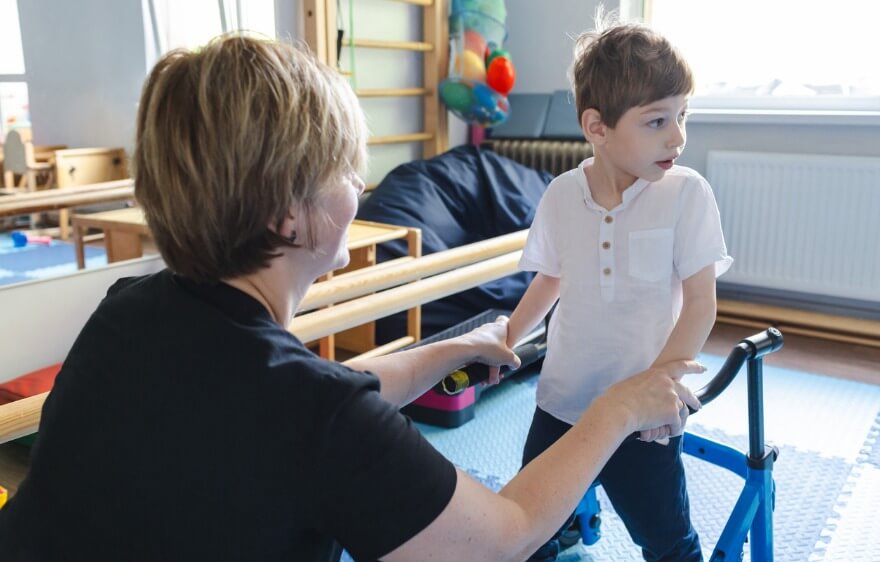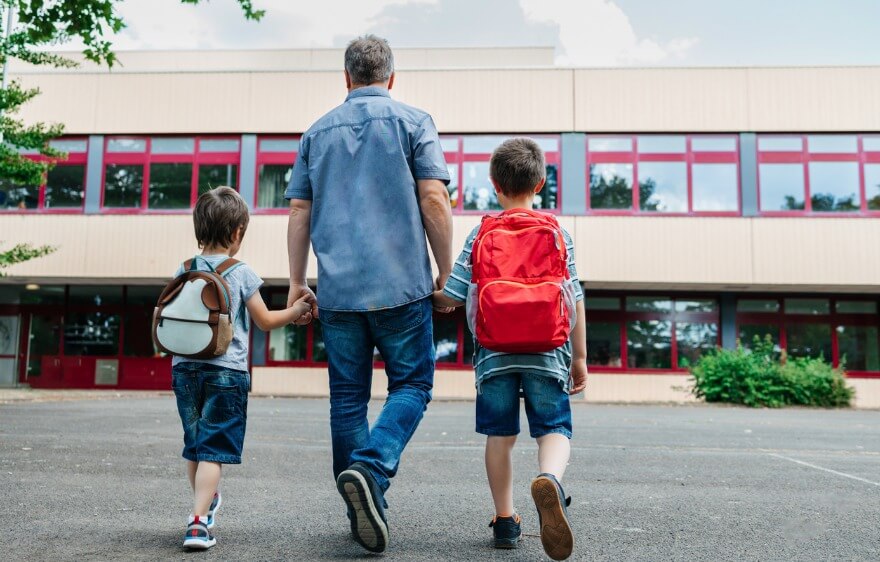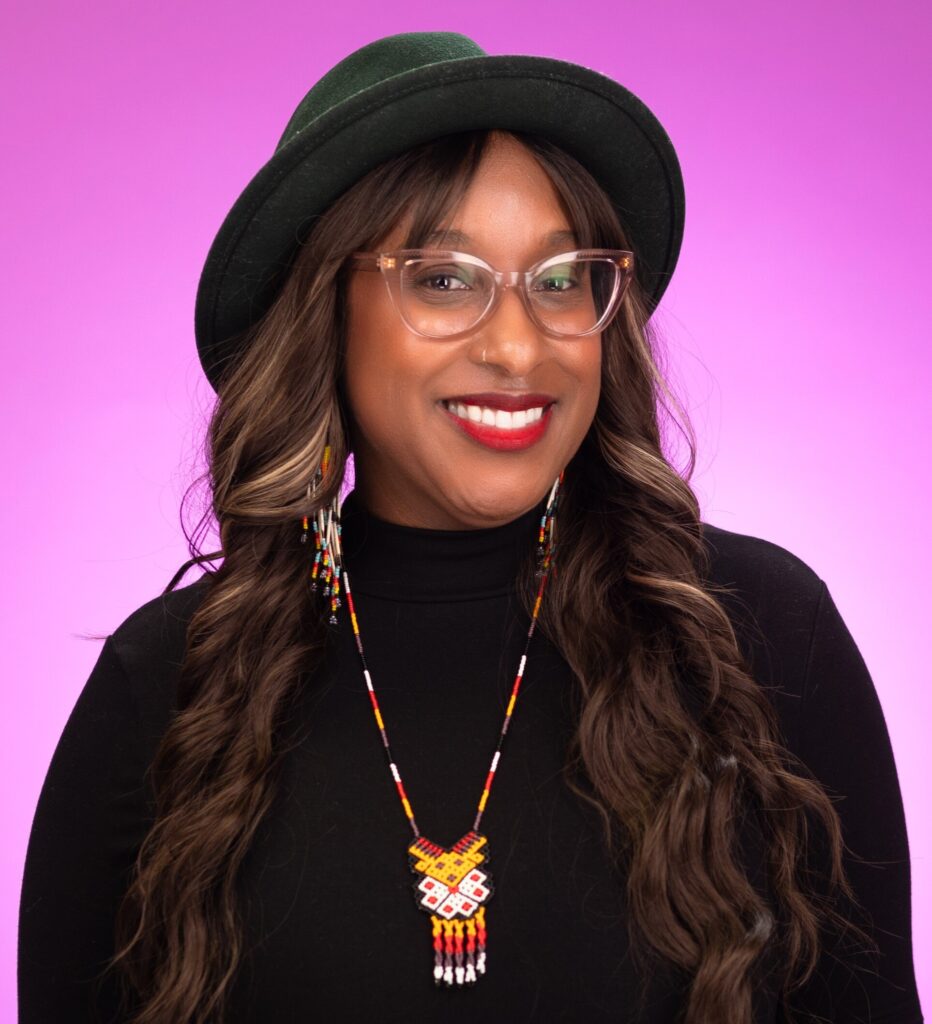Board games are a splendid resource for working the developing minds of young children. You’ve probably seen an occupational therapist or speech-language pathologist sitting across the table from a tiny person with a “Candyland” board between them. This is because board games provide a lot of support for developing skills and context through which we can provide therapy. Let’s look at how we can use board games to improve executive functioning and communication.
What is Executive Function?
If our brains were ships, executive functions would be their captains. This diverse set of abilities includes working memory (holding one or more things in mind), inhibition (following rules), and cognitive flexibility (adapting to changes), among many others. Our executive function is also the latest developing area of our brains, not finishing until we’re well into adulthood.
Working Memory
Preschoolers can hang on to 2-4 pieces of information at a time. This means that some children may need a visual reminder of what a turn looks like (a card and then an arrow for Candyland, for example). Alternatively, we can verbally remind the child when they forget a rule. Visual supports are like training wheels for playing games — protective and easily forgotten at the moment, while still there for support. Verbal reminders are a more strenuous exercise for that executive function “muscle” since they require formulating a request for a reminder, and forgetting a rule might be frustrating. It’s a good idea to start with the visual reminder and then use it less as you play the same game. When playing a new game similar to a familiar one, relying on comparisons to the familiar game can be a different form of training wheels.
Inhibition
By ages 3 to 4, most children will be able to take turns, play cooperatively, and follow the rules. These are all critical skills for playing board games, making this an opportune time to work those “muscles.” That work can look like stressing the importance of turn-taking with reminders (when they try to hit another ice cube in Don’t Break the Ice, for example). It can also look like modeling by verbalizing disappointment but still calmly taking your turn after drawing a lousy card in Candyland. Cooperation is not present in competitive board games, but you can still address it by emphasizing the importance of continuing to play even when you’re behind. Cooperation is shown in playing with others rather than collaborating towards a goal.
Cognitive Flexibility
Between 2 and 5 years of age, children will begin to learn nuances of rules according to the context of location or who they’re with. A simple way to exercise this skill is to play various games with different rules but similar in what the board looks like, for example, Candyland and Shoots and Ladders. The two both have looping paths with a clear start and endpoint. The rules for traversing those paths are entirely different, though, where one relies on a spinner to determine the number of squares moved, and the other uses cards to move to a matching space. Before starting the game, talking about these kinds of differences can prepare children’s brains for change and warm them up for flexible thinking.
Communication
Board games are excellent for working on following directions, answering and asking questions, and so much more. Many early board games involve an arbitrary method of moving around a board (cards, dice, or spinners) and don’t include much built-in language use. That means that opportunities to practice communication skills have to be intentionally brought into the game.
Questions
Between 3 and 5 years of age, children are likely to be able to both answer and ask wh- questions (who, what, where, when, why, and the honorary how). We can work on this skill while playing board games by asking questions like “Where did you start last turn?” or “Who’s turn is it?” Early games like Guess Who also force the practice of asking questions in a truly wonderful way.
Describing
Between 2 and 5 years of age, children will start being able to describe by color and size, then use more concepts like spatial locations (behind, above), and then begin to compare between two objects with description. We can model these skills by verbally describing what we’re doing throughout the game, like “I’m moving to the yellow square” or “I’m ahead of you.” Guess Who is also a beautiful bridge into the world of describing, as the game is all about asking questions that use descriptive language (mustache, hair, gender, etc.).
Speech sounds
Practicing speech sounds while playing board games is often used in speech therapy. If there’s a sound or two that are challenging for your child, you could work practice into your board games. This can look like saying a target word five times before taking a turn or saying the target word for every square they move on. Picking target sounds and words can be tricky, so be sure to contact us if you’re concerned about how your child sounds, and they can help.
Children’s brains develop rapidly, and the preschool years are a critical period of growth. Every opportunity we have to help them work on executive function and language should be taken to bolster that development. In the context of board games, that means being mindful of their growing but easily distractible attention span, working on those early language skills, and stretching their problem solving and direction following skills. This is a delicate and fun balance, and sure to make the next game of Candyland a little more challenging!
